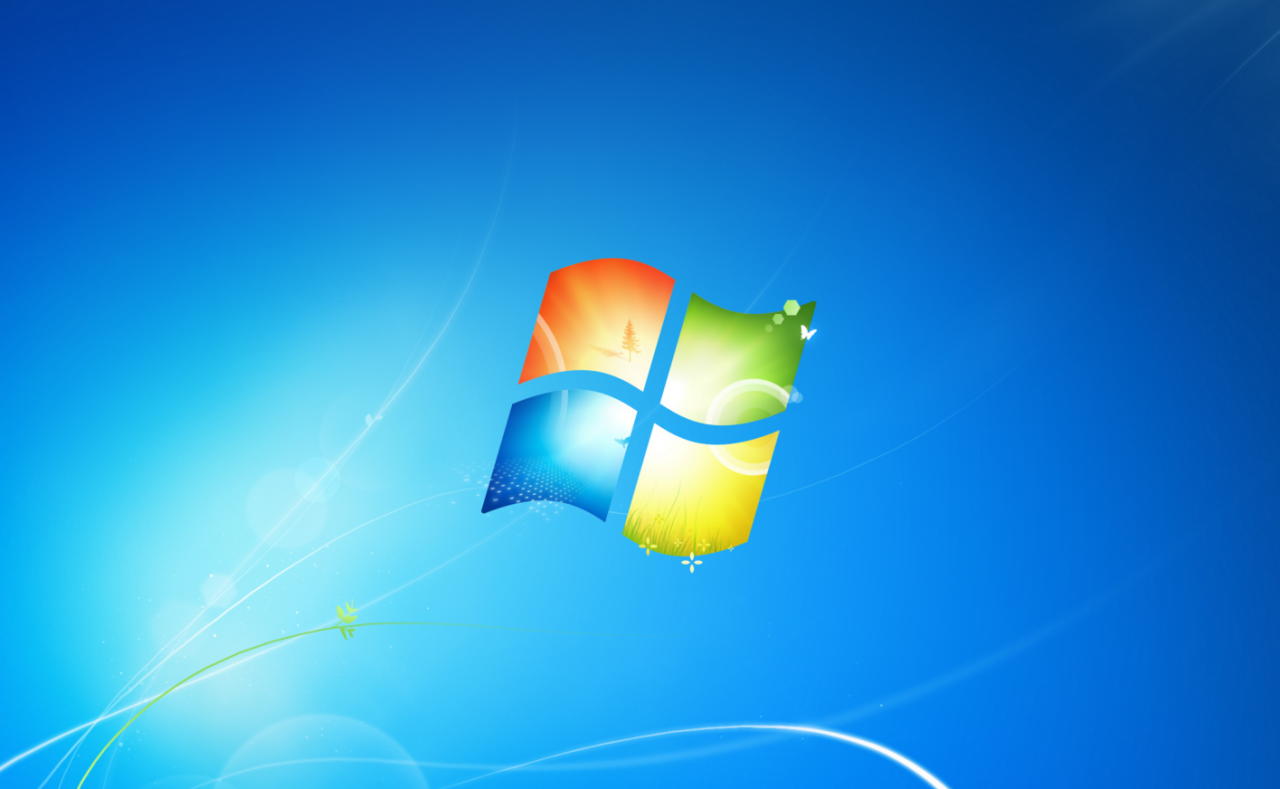MSIX Core Coming to Windows 7 and 8.1 in December, Plus New Features on the Horizon

In public preview since last year, MSIX Core is a stripped-down version of Windows 10’s MSIX application packaging technology that will allow organizations to deploy MSIX packages to Windows 7 and 8.1. Microsoft said at Ignite this year that it had been listening to customers that intend to continue using Windows 7 beyond its end-of-life in January 2020, either by paying for extended security updates for the OS or by using Windows Virtual Desktop in Azure, which supports Windows 10 and Windows 7 to make it easier to make an eventual transition to Windows 10.
What is MSIX?
MSIX is the new default packaging technology Microsoft wants everyone to use in Windows 10 and it replaces Windows Installer (MSI) and App-V’s AppX package format. There are several key differences between MSIX and MSI. MSIX uses a lightweight container to segregate apps from the OS, providing a more reliable experience during installation and removal. MSIX containers use filesystem and registry virtualization to make sure that new apps can’t affect existing ones installed on the system.
MSIX also uses differential file transfers to minimize network bandwidth during updates and it manages shared files across apps to reduce disk footprint. These changes result in significant speed improvements when installing applications. MSIX app attach is designed with virtual environments in mind to optimize how applications are delivered to end users.
MSIX replaces AppX completely in Windows 10 version 1809 and later, although AppX and MSI are still supported for backwards compatibility. Ultimately, MSIX is designed to make it easier for developers to package applications without IT needing to repackage them for deployment. MSIX also allows IT to customize apps without having to repackage them. Modification packages and apps can be updated separately.
MSIX is supported by many third-party application packaging tools, like Flexera and InstallAware, but also by Microsoft’s own MSIX Packaging Tool designed for IT pros. It allows IT pros to repackage third-party apps and package first-party apps. It also provides a migration path for converting MSI, setup.exe and script-based installations, and App-V packages to MSIX; and create modification packages, deploy code, and customize the registry and file system.
MSIX Core
It will take years before MSIX becomes the default installer for Windows everywhere. In no small part because while Microsoft is porting MSIX to Windows 7 and 8.1, it is not a default part of those operating systems and needs to be installed as additional software. But for organizations that need to distribute software internally, MSIX is a big step forward and support for down-level Windows clients makes it more likely that it will see widespread adoption.
But not all the MSIX goodness is being ported because much of it relies on technology that’s integrated into Windows 10. For instance, differential updates that reduce network bandwidth and containerization won’t see support in down-level Windows. MSIX packages will install in Windows 7 much like an MSI installs today. But nevertheless, it allows organizations to use one package for all versions of Windows.
Microsoft had hoped to get MSIX Core ready for general availability by its Ignite conference in November but it didn’t quite make the deadline. If you are interested in testing the public preview of MSIX Core, you can download the bits from GitHub here. Or you can wait until the official launch, which should be sometime before the end of 2019.
MSIX in 2020 and Beyond
Microsoft is planning to add new features, many of which have been requested by customers, to MSIX in 2020. First off will be the ability to install services along with applications. This will require Windows 10 20H1, due late spring 2020, and Microsoft is adding support to the MSIX Packaging Tool soon. To further optimize network bandwidth, MSIX will also add support for Delivery Optimization. This feature will also require Windows 10 20H1.
The MSIX team is working with the Windows Virtual Desktop team on a feature called MSIX app attach that allows administrations to inject apps into .VHD images but not require that apps are installed unless users run them. Only apps run in a virtual session are copied to VMs to improve login time and performance. Finally, Microsoft is planning to add flexible containers to MSIX so that apps can share containers, along with a feature similar to App-V connection groups, where an app’s components can be virtualized separately but deployed together.



